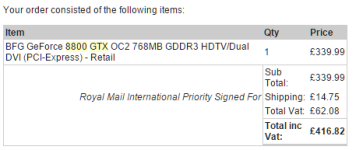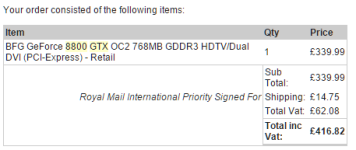The good news for AMD (and developers) is that the actual implementation of FreeSync 2 should be quite simple since most games are already rendering in HDR and tone mapping to at least SDR to begin with. Game developers only need to query for the API, tone map to the specifications AMD provides, and then from there it’s AMD and the monitor’s problem. But counting on developers to do anything extra for PC games is always a risk, one that has hurt initiatives in the past. For their part, AMD will be doing what they can: focus on the upstream engines and developer relations/evangelism. By getting FreeSync 2 support added to major engines like Unreal Engine and Unity, AMD makes it much easier for downstream developers to adopt FreeSync 2. Beyond that, it’s about convincing developers that supporting FreeSync 2 will be worth their while, both in terms of sales and improving the customer experience.
On the flip side of the coin, getting monitor manufacturers on-board should be relatively easy. AMD’s original FreeSync effort was extremely successful here (to the tune of 121 FreeSync monitors), in part because AMD made it such an easy feature to add, and they are aiming for something similar with FreeSync 2. It doesn’t sound like display controllers need to be substantially altered to support FreeSync 2 – they just need to have a tone mapping bypass mode and understand requests to switch modes – which would make it easy for the monitor manufacturers to add support. And for their part, the monitor manufacturers like features like FreeSync because they can be easily implemented as value add features that allow a monitor to be sold for a higher price tag.











